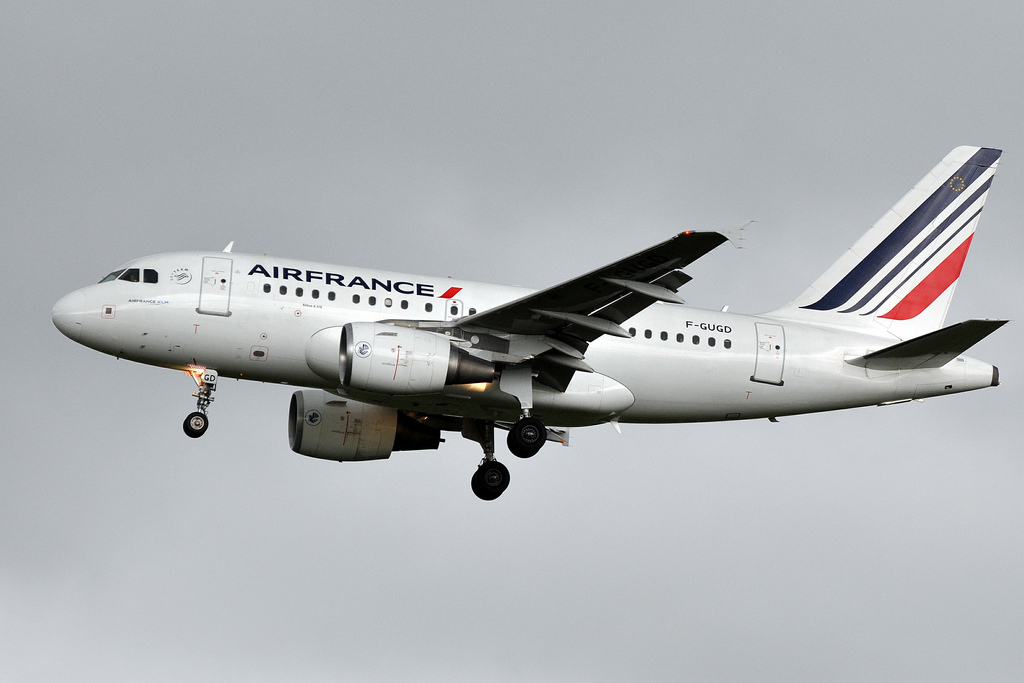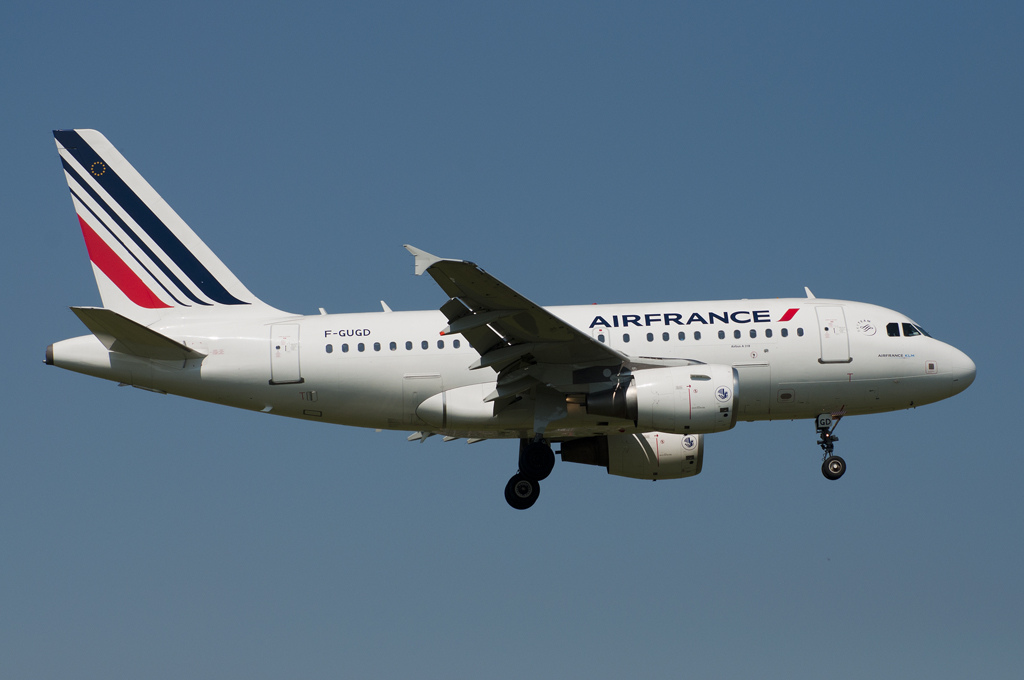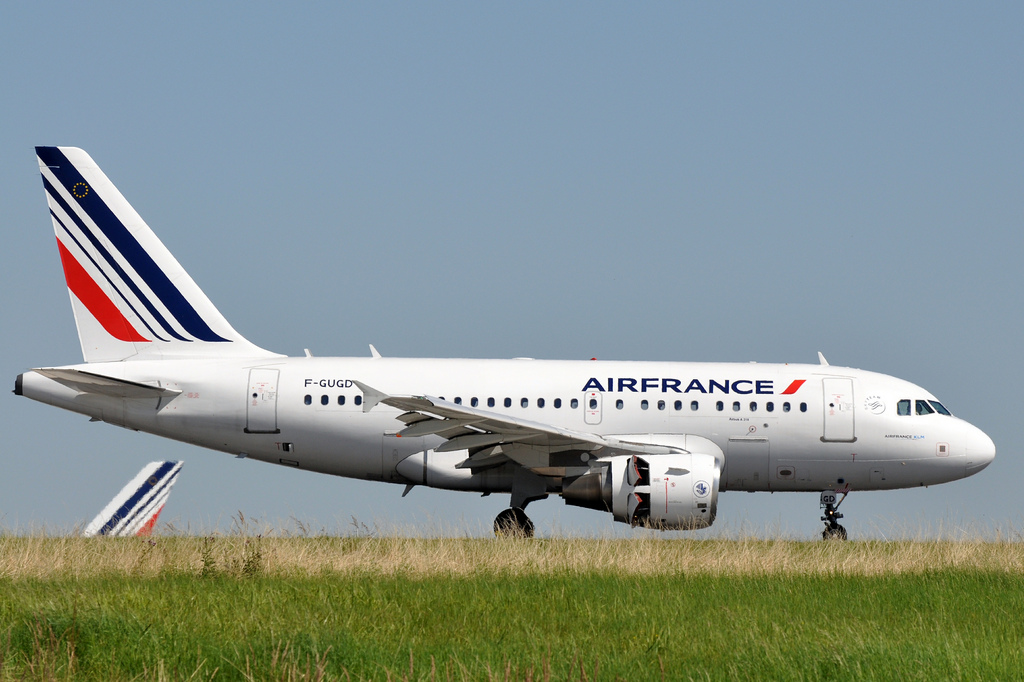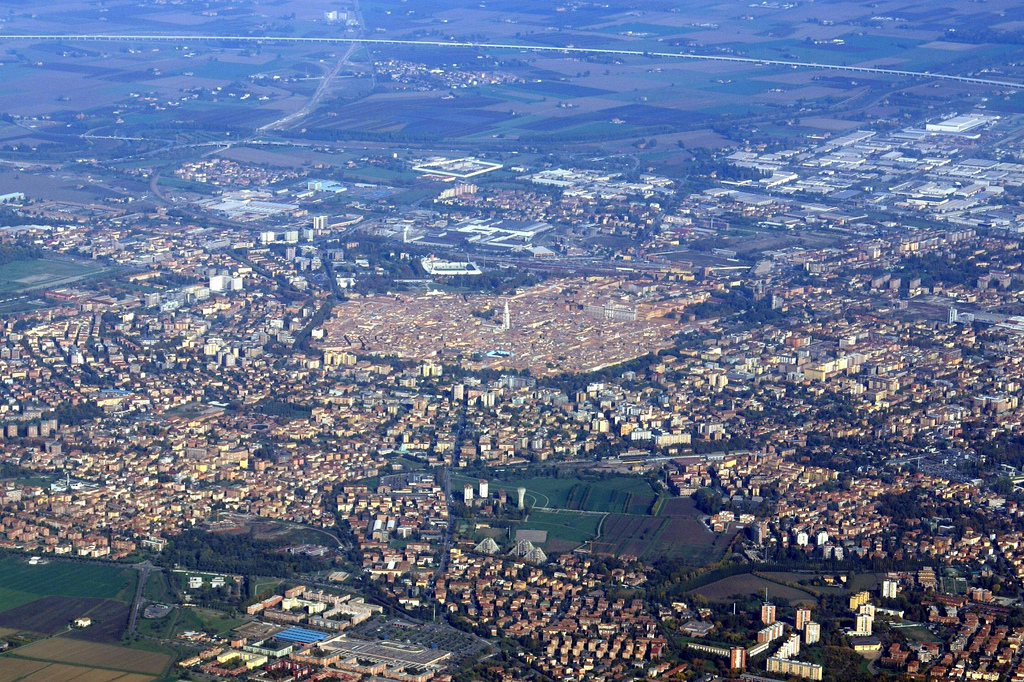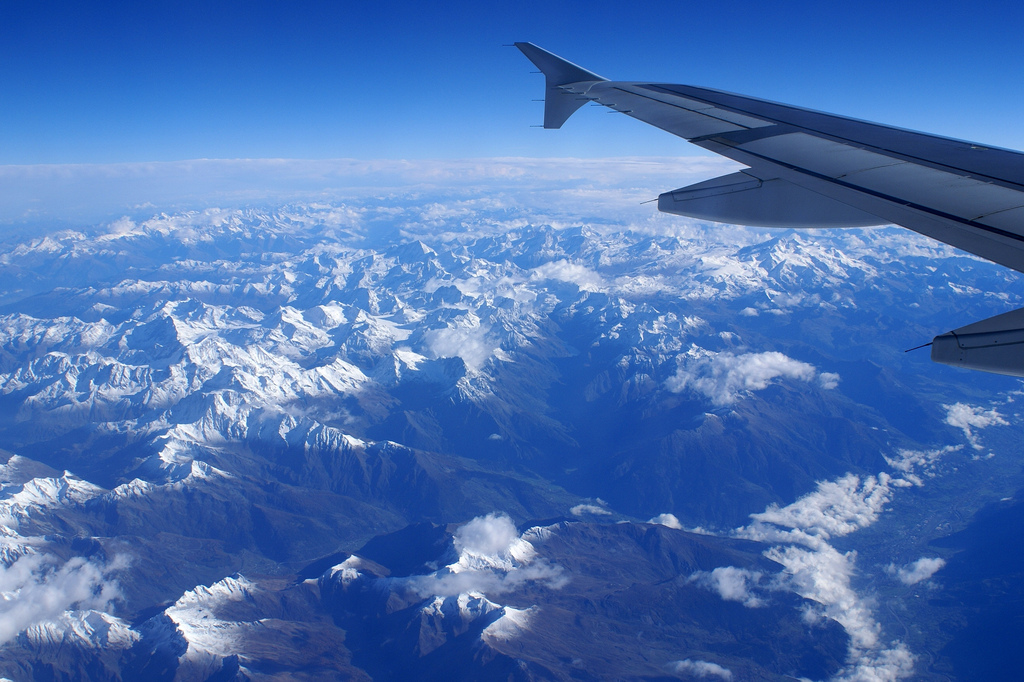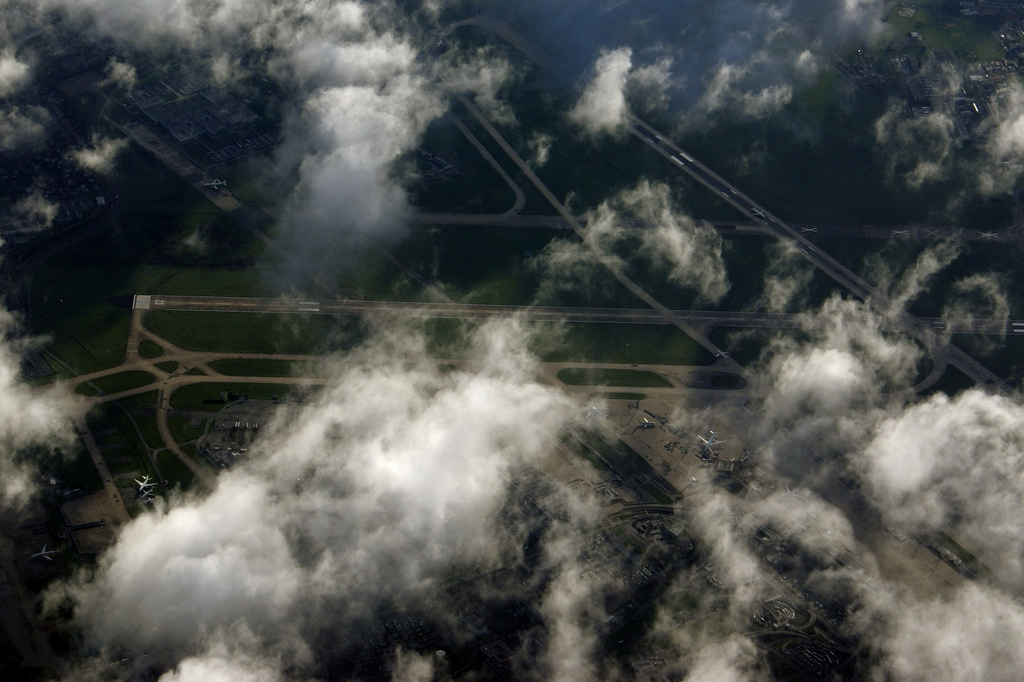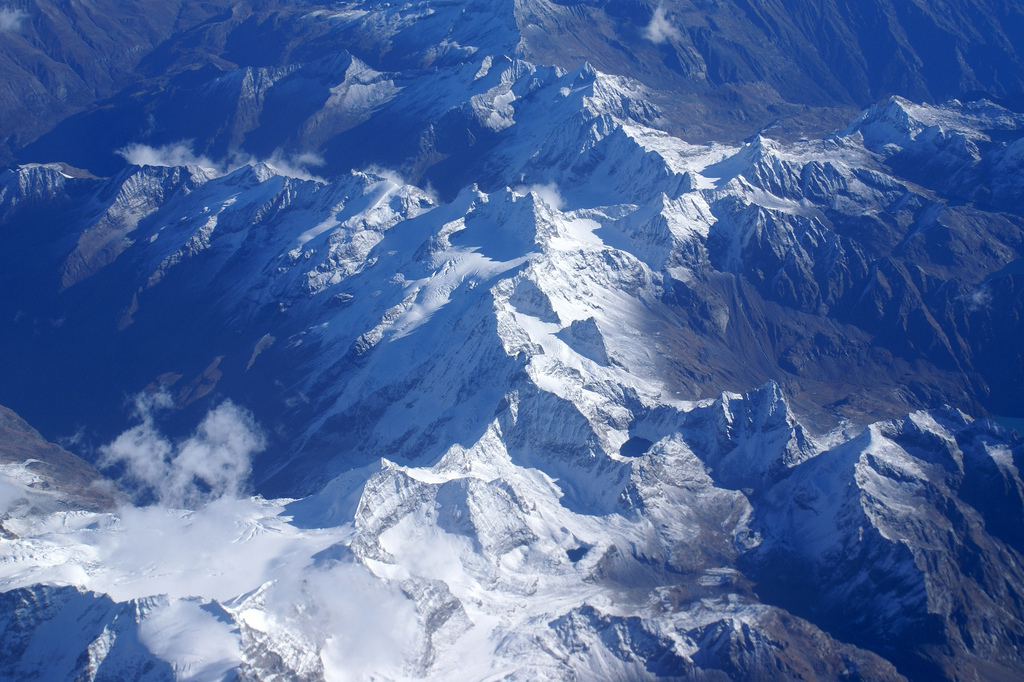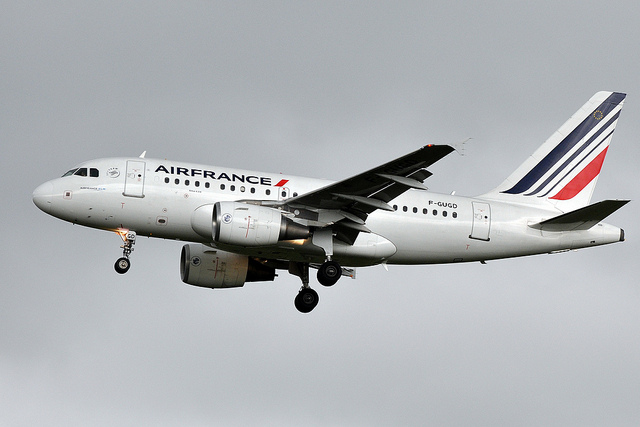France A318 at Toulon on Dec 20th 2019, aircraft intercepted false glide slope
Last Update: October 18, 2021 / 15:26:46 GMT/Zulu time
Incident Facts
Date of incident
Dec 20, 2019
Classification
Incident
Airline
Air France
Flight number
AF-7512
Departure
Paris Orly, France
Destination
Toulon, France
Aircraft Registration
F-GUGD
Aircraft Type
Airbus A318
ICAO Type Designator
A318
The French BEA rated the occurrence an incident and opened an investigation.
On Sep 3rd 2021 the BEA released their final report in French only and a (French) video showing an animation of the approach and go around based on the FDR. An English translation of the final report is to be expected in due time, the AVH is going to summarize the English version of the report when it is being released.
On Oct 18th 2021 the BEA released their final report concluding the probable causes of the incident were:
The following factors may have contributed to a false glide slope signal being captured, followed by the AutoPilot (AP) increasing the pitch attitude and the activation of the flight envelope protections:
- The underestimation of the threat that a strong tailwind represents during the approach, mentioned for the landing phase during the approach briefing and insufficiently taken into account thereafter. Several factors may explain this underestimation:
-- The presence of other threats possibly perceived as more serious, such as windshear, might have overshadowed this threat.
-- The risk linked to a tailwind is often taken into account for landing and less so for the approach.
-- In the flight file, the reported wind for the approach was a tailwind of 25 kt. The threat was therefore not easily identifiable during flight preparation.
- Insufficient monitoring of the glide path by the PM and the PF during the approach.
ˆ- Not taking into account the controller’s suggestion to fly a missed approach.
- The crew not having an objective in terms of altitude and distance to the threshold and not carrying out the checks at the key points of the approach, in particular on passing the Final Approach Point (FAP).
- The two pilots having had little exposure, in training and line flying, to the interception of the glide slope from above despite their aviation experience.
The BEA analysed:
The threat linked to the presence of a tailwind was mentioned by the crew during the approach briefing. However, this threat concerned the landing and not the approach phase.
The crew’s statements show that this threat during the approach was not sufficiently taken into account. Several factors may explain this underestimation:
- The presence of other threats which may have appeared more serious, such as windshear, might have overshadowed the tailwind during approach threat.
- The risk linked to a tailwind is often taken into account for landing and less so for the approach. This is particularly the case for this flight; as the crew had to land with a tailwind on a wet runway, the threats linked to the landing performance were more prominent than those linked to the glide path.
- In the flight file, it was indicated that there was a tailwind of 25 kt on the approach path, which is a lower value than that actually encountered in flight. The threat was thus not easily identifiable during flight preparation.
Due to the strong tailwind during the approach and the flight speed, less than 2 min 30 s elapsed between the moment the crew, at 12 NM from the runway, decided to continue the direct approach for runway 05 without flying a holding pattern, and the AP acquiring the false glide slope signal. During this period, the crew tried to intercept the glide slope from above and prepared the aeroplane for landing. With this workload, the tailwind during the approach threat, of little prominence in the initial assessment, was forgotten or not taken into account.
Recovery of the Upset situation
Following the Low energy alert, the PF selected TOGA thrust which engaged the FD SRS mode, and resumed manual control. When the pitch reached 30°, he made a nose-down input, initially less than that indicated by the FD, and then held the pitch at values of around 15° which was consistent with following the FD command bars in SRS mode in the conditions of the day.
The Air France documentation specifies that when the pitch exceeds 25°, the aeroplane is in an Upset situation. In this case, the Upset recovery techniques should be applied. In case of an excessive nose-up pitch, the technique specifies the following PF actions:
- Recognise and confirm the situation.
- Disconnect the AP and A/THR and resume manual control.
- Make a nose-down input of sufficient amplitude to enter a nose-down attitude.
- Adjust thrust.
- Adjust roll without exceeding a bank angle of 60°.
ˆ- Return to level flight with a sufficient speed.
The PF’s initial reaction corresponded to the first items of the recovery technique. Subsequently, holding the pitch at around 15°, corresponded more to the FD commands being followed than carrying out the recovery technique. The consequence of this was to prolong the low speed (below VLS) situation. Fully complying with the Upset recovery technique linked to an excessive nose-up pitch might have contributed to the crew getting out of the aircraft's low-energy situation faster.
Incident Facts
Date of incident
Dec 20, 2019
Classification
Incident
Airline
Air France
Flight number
AF-7512
Departure
Paris Orly, France
Destination
Toulon, France
Aircraft Registration
F-GUGD
Aircraft Type
Airbus A318
ICAO Type Designator
A318
This article is published under license from Avherald.com. © of text by Avherald.com.
Article source
You can read 2 more free articles without a subscription.
Subscribe now and continue reading without any limits!
Read unlimited articles and receive our daily update briefing. Gain better insights into what is happening in commercial aviation safety.
Send tip
Support AeroInside by sending a small tip amount.
Related articles
Air France A318 at Amsterdam on Jun 16th 2014, flight control problems
An Air France Airbus A318-100, registration F-GUGD performing flight AF-1740 from Paris Charles de Gaulle (France) to Amsterdam (Netherlands), was…
France A359 at Buenos Aires on Nov 20th 2025, smell of smoke on board
An Air France Airbus A350-900, registration F-HTYT performing flight AF-411 from Buenos Aires Ezeiza,BA (Argentina) to Paris Charles de Gaulle…
France A359 near Munich on Nov 9th 2025, burning odour in cockpit
An Air France Airbus A350-900, registration F-HUVC performing flight AF-264 from Paris Charles de Gaulle (France) to Seoul (South Korea), was enroute…
France B773 over Switzerland on Oct 24th 2025, heat in the cabin
An Air France Boeing 777-300, registration F-GZNG performing flight AF-652 from Paris Charles de Gaulle (France) to Saint Denis (Reunion) with 312…
France A320 at Amsterdam on Sep 24th 2025, engine problem
An Air France Airbus A320-200, registration F-GKXQ performing flight AF-1741 from Amsterdam (Netherlands) to Paris Charles de Gaulle (France), was…
France A320 at Ajaccio on Aug 20th 2025, turbulence injures 5
An Air France Airbus A320-200, registration F-HBNJ performing flight AF-4236 from Paris Orly to Ajaccio (France), was descending through FL200…
Newest articles
Canada A333 near Winnipeg on Oct 19th 2025, smoke from standby compass
An Air Canada Airbus A330-300, registration C-GKUG performing flight AC-327 from Montreal,QC to Calgary,AB (Canada) with 285 people on board, was…
Batik Malaysia B38M at Melbourne on Nov 25th 2025, engine failure
A Batik Air Malaysia Boeing 737-8 MAX, registration 9M-LRP performing flight OD-178 from Melbourne,VI (Australia) to Denpasar (Indonesia), was…
Subscribe today
Are you researching aviation incidents? Get access to AeroInside Insights, unlimited read access and receive the daily newsletter.
Pick your plan and subscribePartner

ELITE Simulation Solutions is a leading global provider of Flight Simulation Training Devices, IFR training software as well as flight controls and related services. Find out more.
SafetyScan Pro provides streamlined access to thousands of aviation accident reports. Tailored for your safety management efforts. Book your demo today
AeroInside Blog
Popular aircraft
Airbus A320Boeing 737-800
Boeing 737-800 MAX
Popular airlines
American AirlinesUnited
Delta
Air Canada
Lufthansa
British Airways
